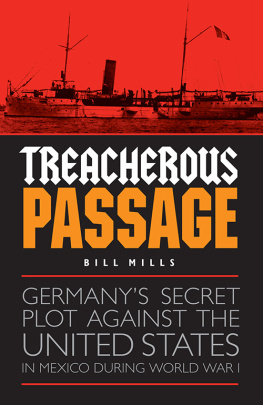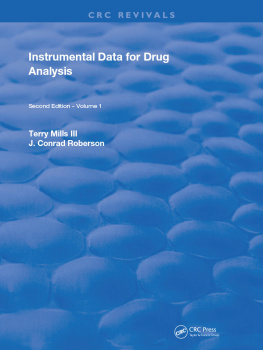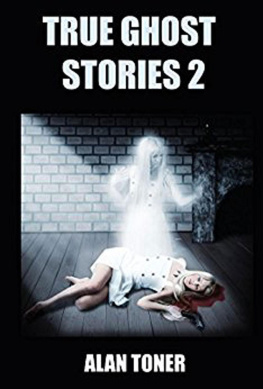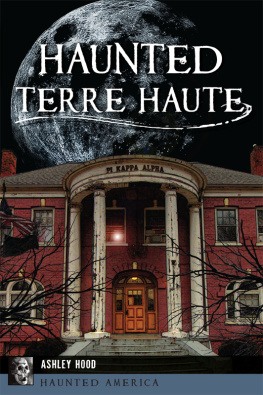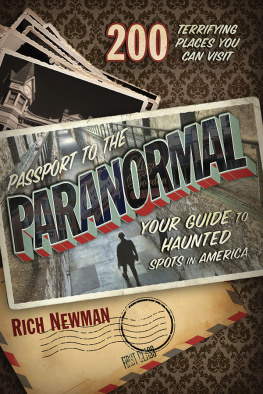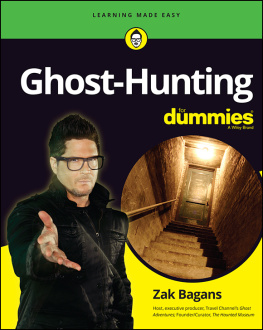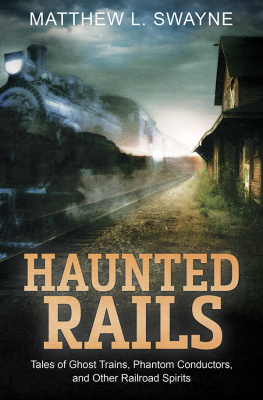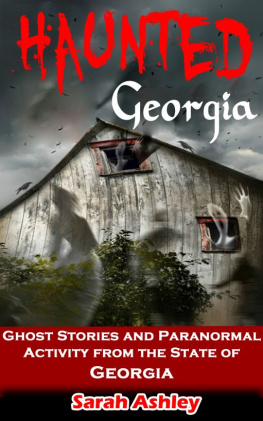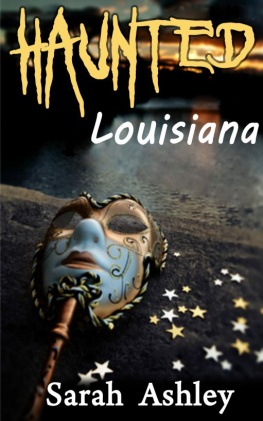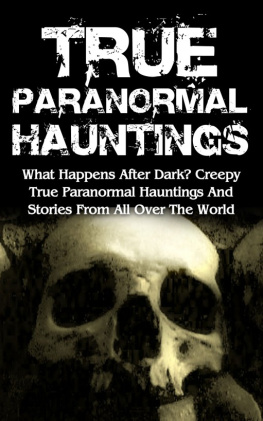

The latest edition of this work has been brought to publication with the generous assistance of Marguerite and Gerry Lenfest.
Naval Institute Press
291 Wood Road
Annapolis, MD 21402
2009 by Eric Mills
All rights reserved. No part of this book may be reproduced or utilized in any form or by any means, electronic or mechanical, including photocopying and recording, or by any information storage and retrieval system, without permission in writing from the publisher.
ISBN 978-1-61251-557-1 (eBook)
The Library of Congress has cataloged the hardcover edition as follows:
Mills, Eric, 1959
The spectral tide : true ghost stories of the U.S. Navy / Eric Mills.
p. cm.
Includes bibliographical references.
1. GhostsUnited StatesAnecdotes. 2. ParapsychologyUnited StatesAnecdotes. 3. United States. NavyHistoryAnecdotes. 4. United StatesHistory, NavalAnecdotes. 5. Seafaring lifeUnited StatesHistoryAnecdotes. I. Title.
BF1472.U6M55 2009
133.10973dc22
2009027762

 Print editions meet the requirements of ANSI/NISO z39.48-1992 (Permanence of Paper).
Print editions meet the requirements of ANSI/NISO z39.48-1992 (Permanence of Paper).
17 16 15 14 13 12 11 10 9 9 8 7 6 5 4 3 2 1
First printing
To Mom
great teacher, great storyteller, always an inspiration
Contents
Into the caverns of the deep
Go phantom ships, where phantom faces
Peer in the dark; not even sleep
Can blind their eyes; arm interlaces
With kelp and salty fin; feet tread
The somber currents of the dead.
Into dark caverns, deep and strange,
Go specter-ships, with specter-men;
Fathoms are theirs, and theirs the range
Of hemispheres beyond the ken
Of human mind and human heart
A country on a wider chart.
Marguerite Janvrin Adams
Have you ever been on a haunted ship? Did you ever wake up to find a clammy hand clawing your shoulder, or hear a mysterious voice from nowhere bidding you arise? Did you ever see a shadowy, creepy thing gliding across the deck and coming between you and the person you were talking to? Did your hair ever rise and your skin make gooseflesh at rumblings or thuds or thumps or harrowing groans where living beings were not? You have not? Then you are no sailor.
Washington Post, February 3, 1907
D eath has a disturbing way of leaving its mark upon a location; the more violent and untimely the death, the more prevalent its hovering essence. Some are blessed with an inability to detect such unpleasantness; they are as impervious to deaths signals as to a sound-wave pitched too highly for their auditory limitations. But those burdened with an innate sensitivity to spectral lingerings know well the grim, unwanted sensation: You enter a room, and your intuition recoils from some time-dimmed act of mutilation and gore that has left its psychic scar. A hallway where an axe-murder occurred will be tainted thereafter with a repugnant aura; a basement where a child was strangled will never lose its unremittant sense of raw horror. But you dont know about the axe murder, youve never heard of the demented strangulationthe details come later, part of the attempt to expiate the wafting dread that knocked you back. Death imparts its mystic stain upon the place where it occurred, and we grapple with such an unsettling imponderable with what feeble articulation we can summon, and we call it a haunting.
Can there be any location more conducive to such morbid echoes than a warship? By inherent purpose it is a space where death comes screaming and suddenly. In harms way the good die young, but even when the air is not thick with fire and shrapnel, mere daily routine can be fraught with risk on a ship of war. If a house can reverberate with the terror of a decades-old murder, imagine the aural aftershocks of that one death multiplied tenfold, a hundredfoldwarships are vessels that carry such voluminous supernatural baggage in their holds.
From its scrappy upstart beginnings to its emergence as the most powerful sea force the world has ever known, the United States Navy has sailed audaciously into the thick of the fray. A litany of victories and a legacy of valor have generated a superfluity of hauntings as their phantasmal side-effects. Those who have served in the Navy tend to be familiar with some ghost stories; many are familiar with more than just the stories, but the spirits that spawned the stories as well. From the Old Navys heroic days of broadsides and boarding parties to the ultramodern Navy of now, the ghost-lore stretches in a mystical continuum, an epic time line of the eerie and the unexplained. The Navys ghostly history is presented here with an open mind to the unknown possibilities of a boundless universe. In dealing with matters of the spirit-realm, the degree of veracity one is willing to grant such accounts inevitably must vary from individual to individual; nonetheless these stories, these admittedly bizarre reports, do exist, regardless of whether or not one dares to believe them. They are recounted in this narrative with an eye to unearthing the actual history that lies beneath the supernatural mystery, to gleaning the overlap between the historical and the paranormal.
Here, then, is a saga of phantom ships and ghostly crews, of cursed craft, ectoplasmic captains, and banshee-howls in the oceanic nightthe haunted history of the U.S. Navy.
O n the quest for these spectral sea stories I benefited greatly from the helpful assistance of many. My heartfelt thanks go to the staffs of the Library of Congress, the National Archives, thew U.S. Naval Academys Nimitz Library, the Stephen Decatur House and Museum, the USS Lexington, the USS North Carolina, the John Paul Jones House and Museum, the Freeport Historical Society, the Portsmouth (Maine) Public Library, and the California Room of the San Diego Public Library. Let me also thank my friend Lt. Cdr. Thomas J. Cutler, USN (Ret.), of the Naval Institute Press for his enthusiasm for the project; the talented production and design departments of the press also have my gratitude. Great thanks as well to Mindy Connor, a gifted editor who really got into the spirit of the proceedings. Above all, I thank my wife and family for their unflagging encouragement and support while I delved into matters arcane and mysterious.

T he mightiest ship is but a speck on the vast, primordial ocean. From the dimly remembered seafaring days of canvas and oar to this prideful age of nuclear-powered steel behemoths, fragile humans have sallied forth on their frail vessels, braving the blue planets far watery reaches, venturing out beyond that distant line where heaven meets the waves.
Many fleets under many flags have gone there, are there now. But there is among them one fleetthe most dreaded of allthat sails for all time, a cumulative fleet of all ages and all lands: the fleet of the dead, the unfortunate ones who never made it backnever, that is, to our concrete dimensional realm. They are out there forever, sad and lost, hollow-eyed wraiths on rotted deck planks, their translucent sails traversing lonely seas. Occasionally, by virtue of some unfathomable metaphysical confluence, they cross paths with us. And the modern sailor who bears witness to a ship from the fleet of the dead feels a sudden disquieting chill, a flash of dread as ancient as the sea itself.
Next page

